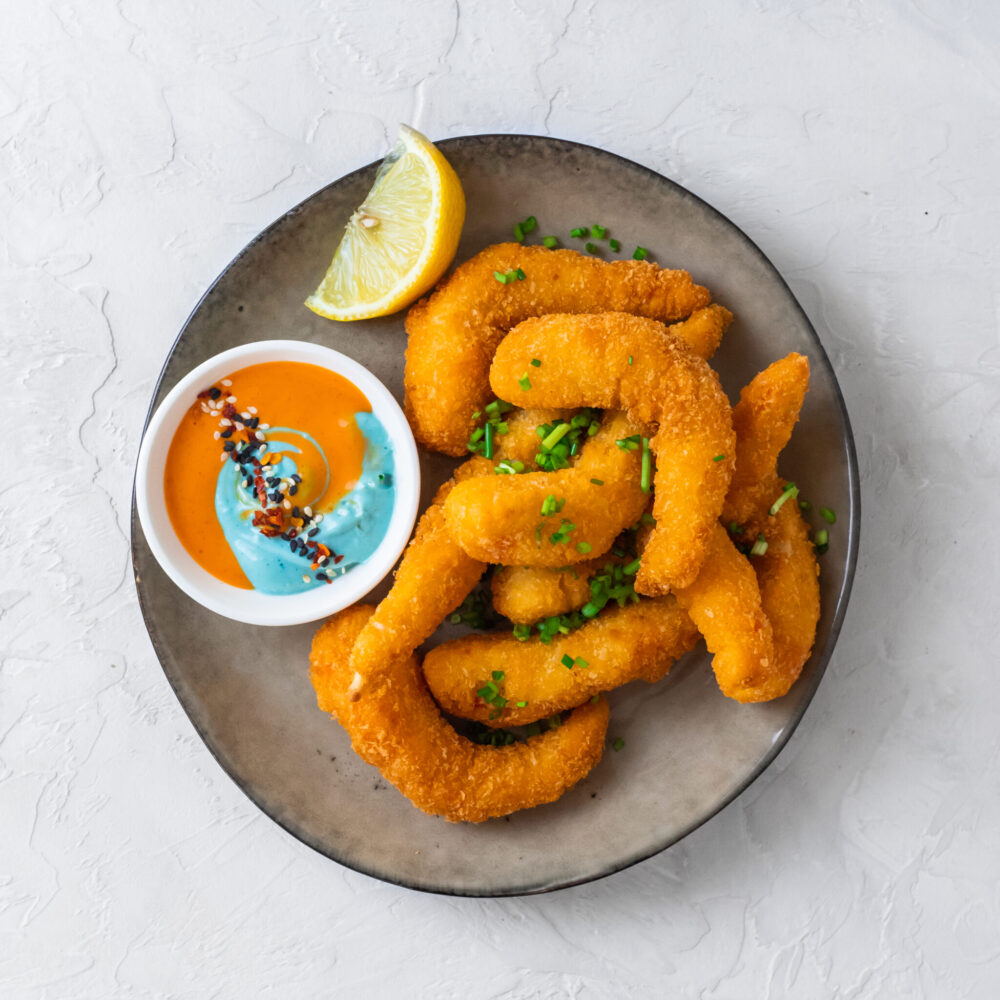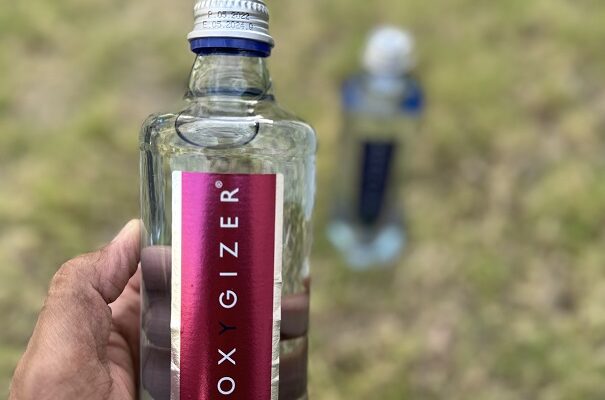
Our team is on the field each day – 24×7 and our data is as good as ‘Real Time’. Facts ‘n Figures are utmost important. We provide services to target specific markets based on the Brand & Product requirement.
For FMCG Brand or Product research, we are leading service provider empowering data backed by valuable insight, trends and data analysis.
FMCG market research provides insights into customer preferences, emerging technologies, and regulatory changes, allowing your business to adapt strategies, innovate products, and maintain a competitive edge.
Before launching any Brand or product sku, its critical to understand the market dynamics and conducting Competitor Analyses. The purpose of this is to analyse how other Brands and products performing in order to determine not only the Busines strategy but also the price point of view along with their strength and weakness.
Identifying Direct or Indirect competitors using research tools to reveal their Strengths and Weakness within the geographical locations is the aim of our analyses. This is primary goal for all the business, speciallly FMCG – Food Industry where there is a new product and new Brand launching each day.
We take a deep dive into all aspects of services, quality and products offered along with the target audience, age, style and design, user friendly, warranties, user support and after sales services being offered.
Our competitor analyses report include:
Quantitative and Qualitative research is done for all the Brands to gather market analyses in order to make informative decisions about the Brands.
We use SWOT analysis to identify company’s strengths and weaknesses to find out related threats we may face based on our competition and seek opportunities to build long-term trust.
We find answers to most compelling questions such as:
Connect with us to find out how we can help your Brand establish into Qatar.


In FMCG – Food industry business it’s vital to ensure that thorough research is done BEFORE getting the product into the country. Mandatory guidelines are to be followed before any products arrive into Qatar.
We follow these guidelines and take it one level extra to check with the purchasers and the right decision makers in the Retail and other market segments. This enables all parties to be aware in advance what type of product is expected to reach the market.
The pro-approval phase is just before we agree to take over the distribution of any Brands.
Connect with us for Brand or Product review.
Competitive analysis involves identifying your direct and indirect competitors using research to reveal their strengths and weaknesses in relation to your own. In this guide, we’ll outline how to do a competitive analysis and explain how you can use this marketing strategy to improve your business.
The purpose of this type of analysis is to get a competitive advantage in the market and improve your business strategy. Without a competitive analysis, it’s difficult to know what others are doing to win clients or customers in your target market. A competitive analysis report may include:
You’ll compare each detail of your product or service versus the competition to assess strategy efficacy. By comparing success metrics across companies, you can make data-driven decisions.
Follow these five steps to create your competitive analysis report and get a broad view of where you fit in the market. This process can help you analyze a handful of competitors at one time and better approach your target customers.
In step one, select between five and 10 competitors to compare against your company. The competitors you choose should have similar product or service offerings and a similar business model to you. You should also choose a mix of both direct and indirect competitors so you can see how new markets might affect your company. Choosing both startup and seasoned competitors will further diversify your analysis.
Tip: To find competitors in your industry, use Google or Amazon to search for your product or service. The top results that emerge are likely your competitors. If you’re a startup or you serve a niche market, you may need to dive deeper into the rankings to find your direct competitors.


Once you know the competitors you want to analyze, you’ll begin in-depth market research. This will be a mixture of primary and secondary research. Primary research comes directly from customers or the product itself, while secondary research is information that’s already compiled. Then, keep track of the data you collect in a user research template.
Primary market research may include:
Secondary market research may include:
Tip: Search engine analysis tools like Ahrefs and SEMrush can help you examine competitors’ websites and obtain crucial SEO information such as the keywords they’re targeting, the number of backlinks they have, and the overall health of their website.
The next step in your analysis involves a comparison of your product to your competitors’ products. This comparison should break down the products feature by feature. While every product has its own unique features, most products will likely include:
Tip: If your features table gets too long, abbreviate this step by listing the features you believe are of most importance to your analysis. Important features may include cost, product benefits, and ease of use.


The next step in your analysis will look similar to the one before, except you’ll compare the marketing efforts of your competitors instead of the product features. Unlike the product features matrix you created, you’ll need to go deeper to unveil each company’s marketing plan.
Areas you’ll want to analyze include:
As you analyze the above, ask questions to dig deeper into each company’s marketing strategies. The questions you should ask will vary by industry, but may include:
Tip: You can identify your competitors’ target demographic in this step by referencing their customer base, either from their website or from testimonials. This information can help you build customer personas. When you can picture who your competitor actively targets, you can better understand their marketing tactics.
Each year we conduct Qualitative and Quantitative projects for major fast food chains, casual and fine dining restaurants, food manufacturers, restaurant suppliers, ad agencies, and entrepreneurs.
FMCG market research is crucial for understanding market dynamics, trends, and competitive landscapes, enabling businesses to make informed decisions, identify growth opportunities, and mitigate risks in the FMCG sector.
A consistent experience is the building block of any strong brands. And it doesn’t just relate to your product only. But all interaction points for the customer across their buying journey, helping you to attract and retain a higher quality of customers. Beyond the visual look or the latest slogan, brand consistency is about attention to detail on delivering that complete brand promise. Are your team empowered to act?
Once the brand strategy is in place, we look at activation. Are we presenting a consistent look in line with our goals across our product packaging & marketing channels? Are we targeting the same emotional response? At Radish, I focus on the strategic aspects. Working with your preferred designers on creating the right look and feel. In today’s world, your brand voice is less concerned with broadcasting but with how you engage in social conversations with your people, clients and customers. Your brand voice captures a consistent personality. Your tone adjusts to convey the emotional connection you’re looking to make.
Specialists in both UK and International branding research, we work with brand owners across the world from large global brands to start-ups. As one of the UK’s leading brand research agencies, we give you the insight you need to truly understand how your branding strategy, products and services are working – and how they can be improved to drive innovation and growth. From focus groups and workshops to large-scale ongoing brand tracking studies and global online surveys, we have all the insight tools you’ll need.
Competitive intelligence will make up a significant part of your competitor analysis framework, but once you’ve gathered your information, you can turn the focus back to your company. A SWOT analysis helps you identify your company’s strengths and weaknesses. It also helps turn weaknesses into opportunities and assess threats you face based on your competition.
During a SWOT analysis, ask yourself:
Tip: Your research from the previous steps in the competitive analysis will help you answer these questions and fill in your SWOT analysis. You can visually present your findings in a SWOT matrix, which is a four-box chart divided by category.


The last step in your competitive analysis is to understand where you stand in the market landscape. To do this, you’ll create a graph with an X and Y axis. The two axes should represent the most important factors for being competitive in your market.
For example, the X-axis may represent customer satisfaction, while the Y-axis may represent presence in the market. You’ll then plot each competitor on the graph according to their (x,y) coordinates. You’ll also plot your company on this chart, which will give you an idea of where you stand in relation to your competitors.
This graph is included for informational purposes and does not represent Asana’s market landscape or any specific industry’s market landscape.